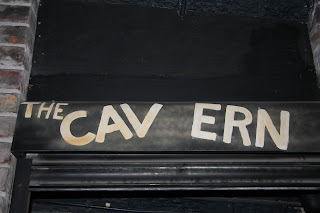I previously posted about one of my past projects 149 DVA Typography 1 and how the project developed. We have now been notified that our grades will be given back to us soon with feedback, an anxious wait ahead is now in store.
During the final stages of the project I was in the studios at University when the idea of creating some transfer experiments for my project came to me. I found a roll of Sellotape and began the process for a Sellotape print, this intrigued a few of my classmates who had never seen the process before. I was astonished to discover this and it felt really nice to teach them something new and see their excitement of their outcome.
During the final stages of the project I was in the studios at University when the idea of creating some transfer experiments for my project came to me. I found a roll of Sellotape and began the process for a Sellotape print, this intrigued a few of my classmates who had never seen the process before. I was astonished to discover this and it felt really nice to teach them something new and see their excitement of their outcome.
I enjoyed the feeling of inputting a little slice of knowledge into people so much, I have created a Tutorial here for creating Sellotape prints to help other people who would like to learn.
Cover your image with overlaying strips of Sellotape, don't worry about creases these only add to the final effect.
Wet the back of the paper by dipping your fingers in water, this will make the removal of the paper quick and easy. (you can also use a sponge but be weary of the amount of water it will soak up)
I find the easiest way is to peel off the paper starting in a corner, using a printed image may be difficult so rub with the tips of your fingers in circular motions.
Once all the paper from the back has been removed a transparent version of your image is left behind, try layering on different backgrounds or make use of this feature with light.
The creases from the Sellotape create a distressed quality.
I have always loved creating prints and transfers as each outcome you create is different to the last, the textures, distressed effects and the use of layering interests me as something new can always be found in the results. The versatility of this process allows it to adapt to almost any project or subject, for future projects I definitely want to try and experiment with different prints and transfers techniques.
Whilst I was at studying for my A-Levels I came across this process and the artists Jennifer Collier who produces nostalgic artwork with recycled materials.
(I previously posted her work on my Sunday Run-Down post)
She held a workshop whilst I was on the course and demonstrated how she created her work, it was so inspiring to see a well-known artist create her work right in front of my eyes.
(I previously posted her work on my Sunday Run-Down post)
She held a workshop whilst I was on the course and demonstrated how she created her work, it was so inspiring to see a well-known artist create her work right in front of my eyes.
NAP x



















































